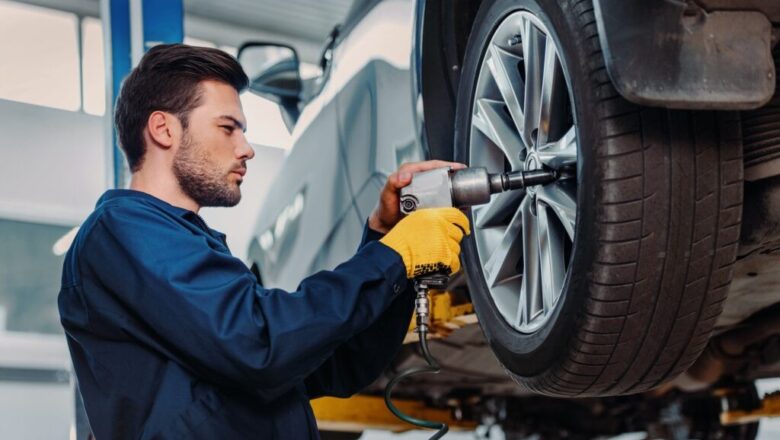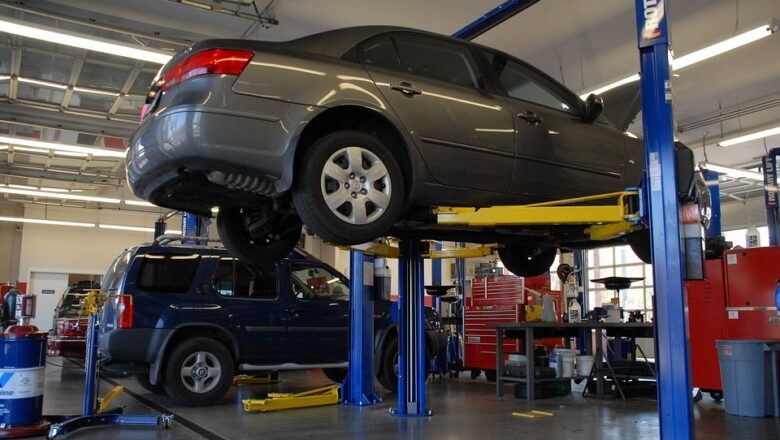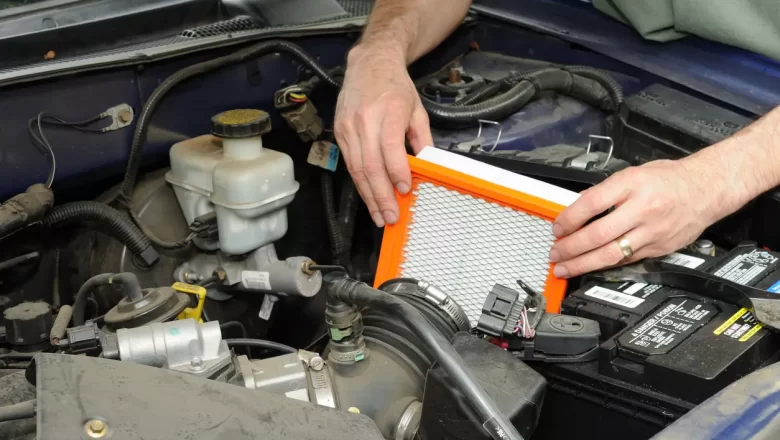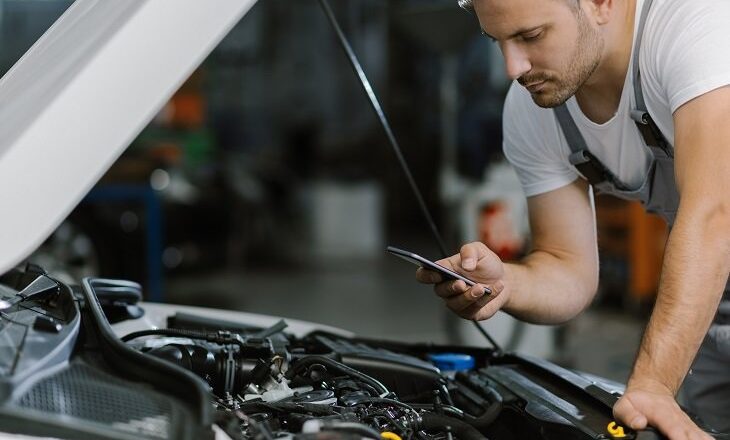
Kfz Gutachter in Dortmund: Expertise for Your Insurance Needs
In today's world, having a reliable automotive expert like a Kfz Gutachter (vehicle assessor) in Dortmund is crucial. A Kfz Gutachter plays a pivotal role in assessing and evaluating vehicles, especially in scenarios involving insurance claims or vehicle transactions. This article aims to provide a comprehensive overview of why having a Kfz Gutachter in Dortmund is essential and how they can assist you.
What is a Kfz Gutachter?
A Kfz Gutachter is an expert in vehicle assessment and inspection. They possess the specialized knowledge and experience to determine the value of a vehicle accurately and to identify any damages or defects it may have. Their primary role includes providing independent assessments of vehicles, particularly in the context of insurance claims or when buying/...








